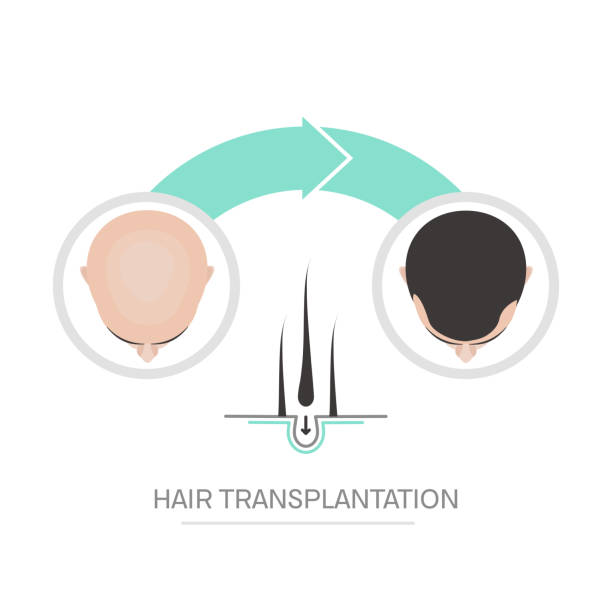Traveling after surgery presents unique challenges that require careful planning and preparation. While medical procedures often necessitate a period of rest and recovery, circumstances may require individuals to travel during their recuperation period. Understanding how to navigate this situation safely and comfortably is essential for maintaining the healing process while on the move.
Pre-Travel Considerations
Medical consultation serves as the cornerstone of safe post-surgical travel planning. Healthcare providers play a crucial role in determining when patients can safely embark on their journeys. The timing of travel after surgery varies significantly depending on the type and extent of the procedure performed. Most medical professionals recommend waiting at least 1-2 weeks post-surgery before traveling, though this timeline may extend to several weeks for more complex procedures.
During the consultation phase, surgeons evaluate several key factors to determine travel readiness. These include the stability of the surgical site, the risk of complications, and the patient’s overall recovery progress. Medical clearance should be obtained in writing, particularly for air travel, as airlines may require documentation of fitness to fly.
Recovery milestones serve as important indicators of travel readiness. Patients should experience reduced pain levels, demonstrate adequate mobility, and show stable wound healing before considering travel. The ability to perform basic self-care tasks independently also factors into this assessment. Additionally, any post-surgical complications should be fully resolved before embarking on a journey.
Smart Packing Strategies
The selection of appropriate clothing plays a vital role in ensuring comfort during travel. Loose-fitting garments that avoid pressure on the surgical site promote comfort and facilitate easy movement. Button-front or zip-up tops eliminate the need for overhead lifting motions that might strain healing tissues. Shoes should provide stability and support while accommodating any post-surgical swelling.
When it comes to luggage selection, IMIOMO luggage stands out as an excellent choice for post-surgery travelers. Their innovative designs feature smooth-rolling wheels that minimize physical strain, along with ergonomic handles positioned at optimal heights to prevent stretching or bending. The lightweight yet durable construction helps patients avoid heavy lifting, while multiple compartments allow for organized storage of medical supplies and comfort items, making it easier to access essentials without excessive movement.
Essential medical supplies require careful organization and accessibility. Prescribed medications should be packed in their original containers with clear labeling. A detailed list of medications, including dosages and administration times, helps maintain the treatment schedule during travel. Additional medical supplies such as wound dressing materials, antibacterial wipes, and any specific items recommended by the healthcare provider should be readily available.
For those requiring special dietary considerations during recovery, a Babycakes maker proves invaluable during travel. This compact appliance allows patients to prepare small, nutritious portions of soft, easily digestible foods in their hotel room. Its versatility extends beyond traditional cakes to include protein-rich egg bites, steamed vegetables, and other gentle foods that support healing. The ability to control ingredients and portion sizes helps maintain dietary restrictions while ensuring proper nutrition during the recovery period.
Key comfort items for travel include:
- Supportive pillows for positioning
- Ice packs or heating pads (if approved by the surgeon)
- Comfort aids specific to the surgical site
- Entertainment materials to help pass time comfortably
In-Flight Considerations
Proper hydration and movement strategies prove essential during air travel. The low humidity environment of aircraft cabins can increase dehydration risk, potentially impacting healing and comfort. Regular water consumption throughout the flight helps maintain proper hydration levels. While movement remains important for circulation, all activities should align with the surgeon’s specific recommendations.
Communication with airline personnel can significantly enhance the travel experience. Informing flight attendants about recent surgery allows them to provide appropriate assistance and accommodation. This might include help with luggage storage, extra pillows, or special meal requirements. Many airlines offer pre-boarding options for passengers with medical needs, reducing physical strain during the boarding process.
Airport Navigation
Efficient airport navigation requires strategic planning and appropriate assistance utilization. Arriving at the airport well in advance of departure time allows for unhurried movement through security checkpoints and terminal areas. Many airports provide wheelchair service or electric cart transportation between gates, which proves particularly valuable for individuals recovering from surgery.
Security screening procedures may require special consideration for those with recent surgery. Medical documentation, including information about any implants or devices, helps facilitate the screening process. TSA PreCheck or similar expedited screening programs can minimize physical strain during security procedures.
Post-Travel Recovery
The journey’s impact on recovery necessitates careful attention to post-travel care. Upon reaching the destination, adequate rest proves essential for minimizing fatigue and supporting continued healing. Creating a comfortable recovery space with necessary support items helps maintain the therapeutic environment established at home.
Prescribed exercises and rehabilitation protocols should continue as directed by healthcare providers, though some modification may be necessary to accommodate travel-related fatigue. Monitoring the surgical site for any changes or signs of complications remains crucial during this period. Should concerns arise, knowing how to access medical care at the destination provides important peace of mind.
Conclusion
Successful post-surgery travel requires thorough preparation, attention to detail, and careful adherence to medical guidance. By prioritizing comfort, maintaining necessary medical care, and implementing appropriate support strategies, individuals can navigate travel while supporting their recovery process. The key lies in balancing the demands of travel with the body’s healing needs, always erring on the side of caution when uncertainty arises. Through proper planning and execution, post-surgical travel becomes not just manageable, but comfortable and safe.



